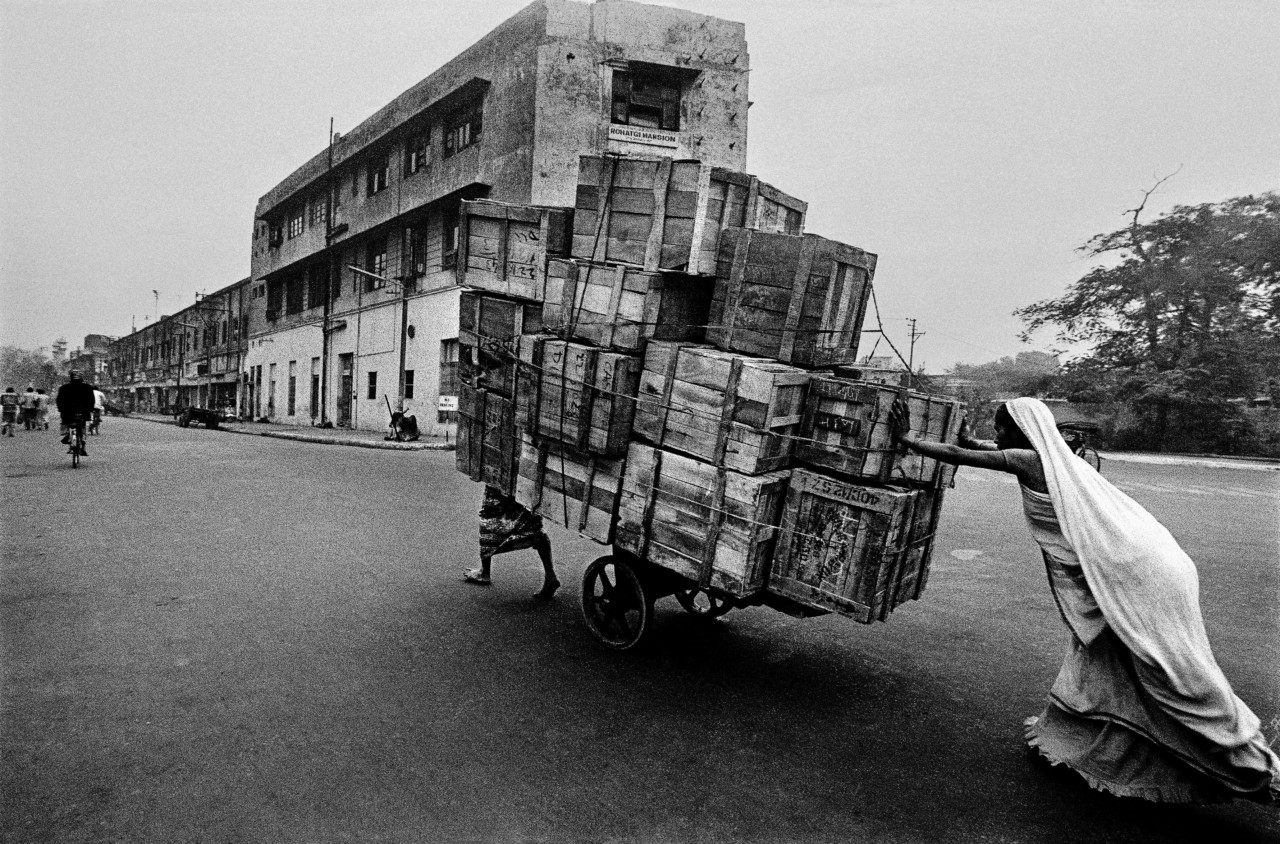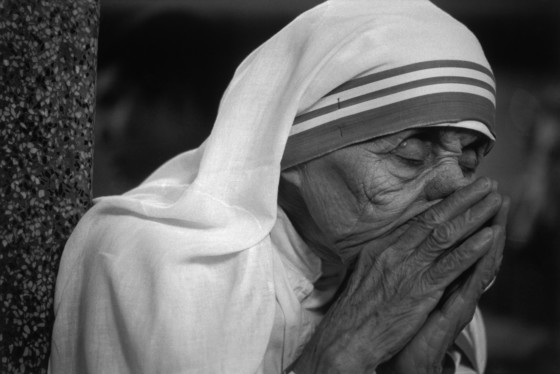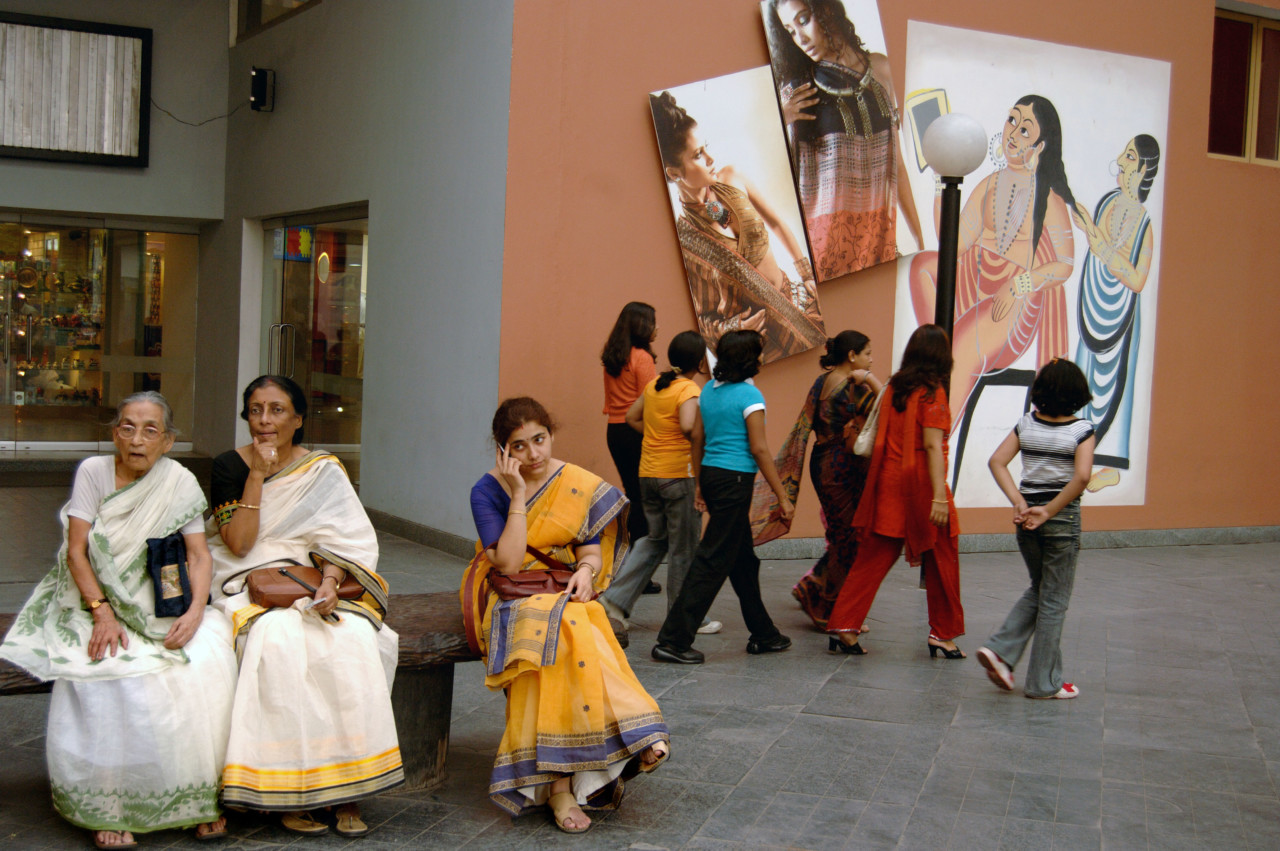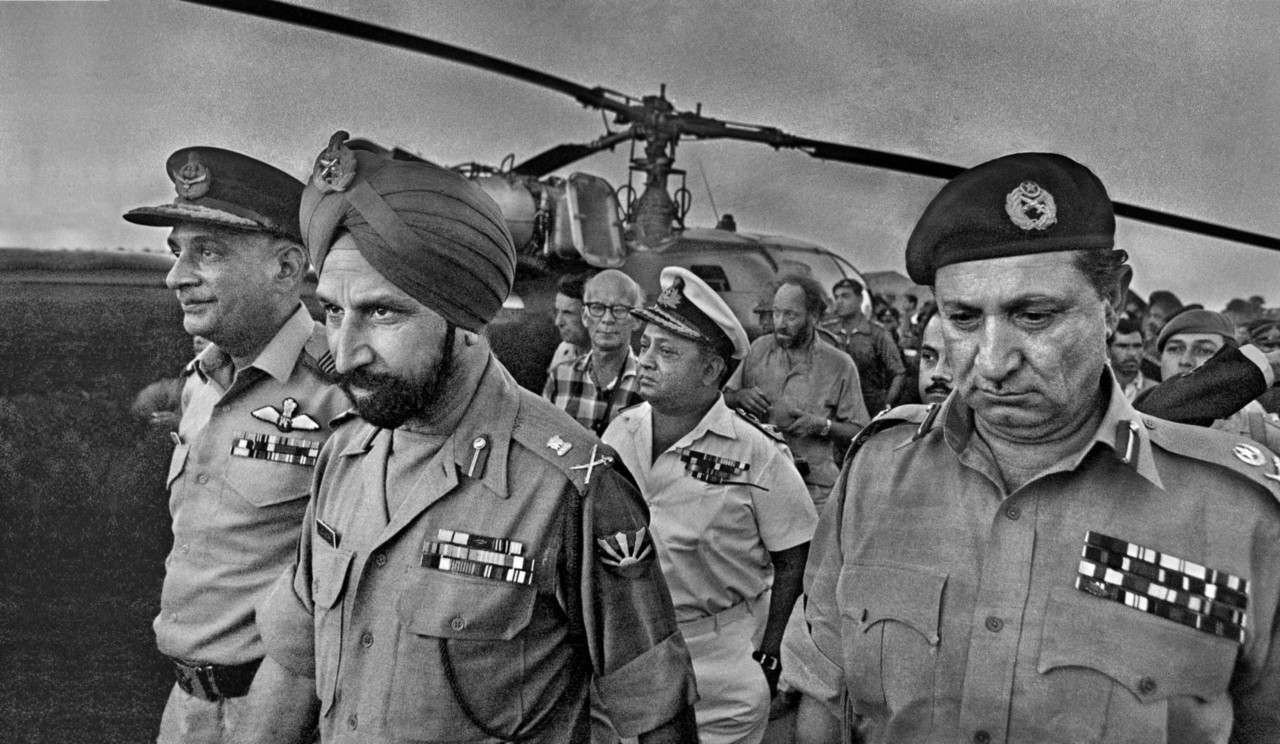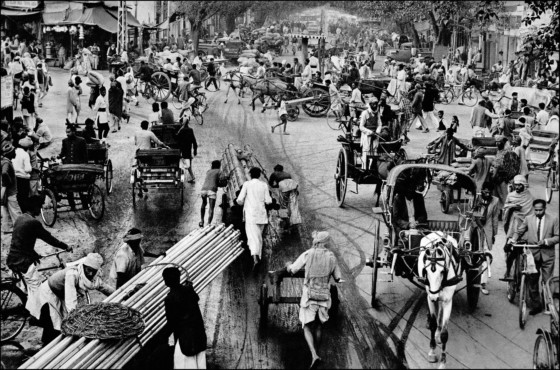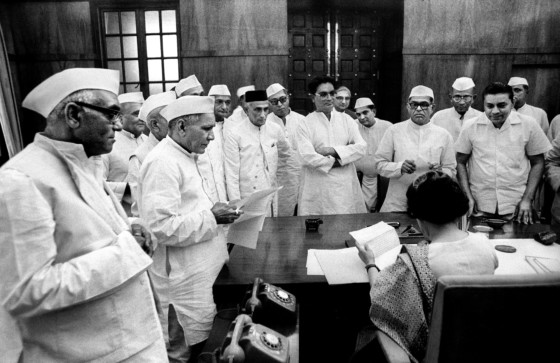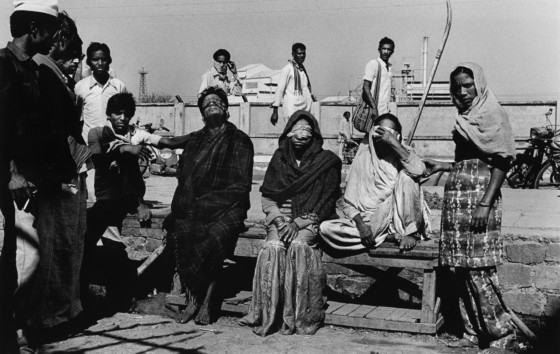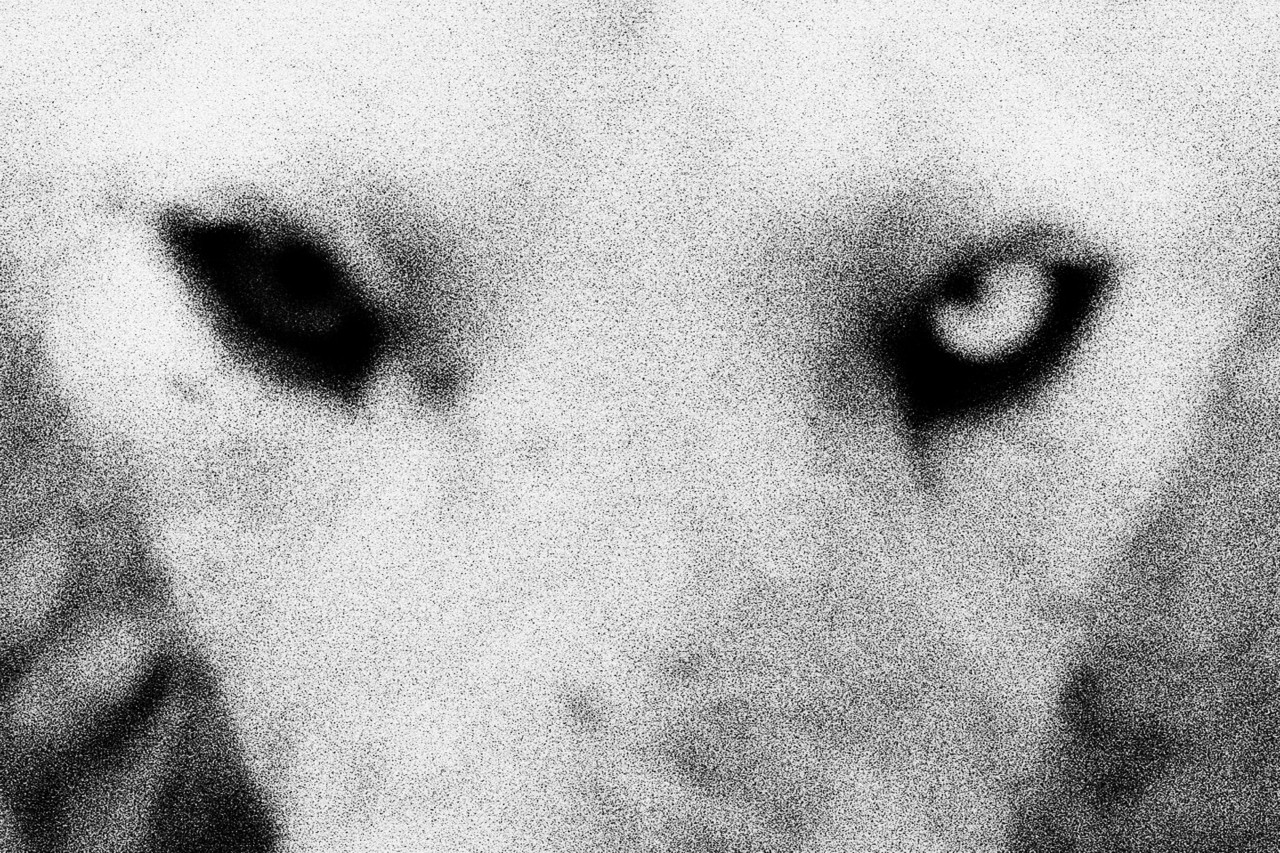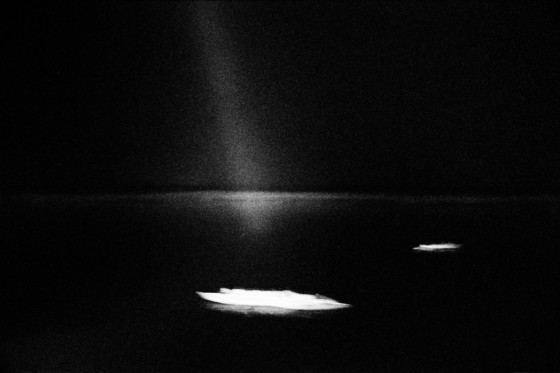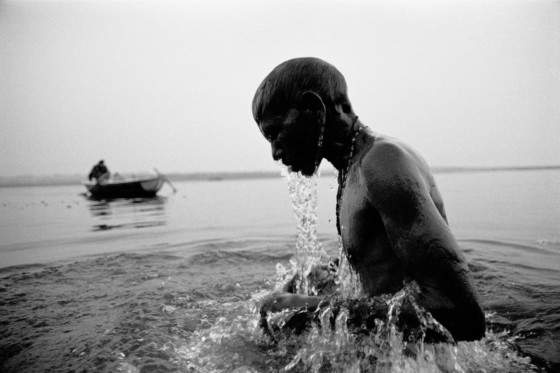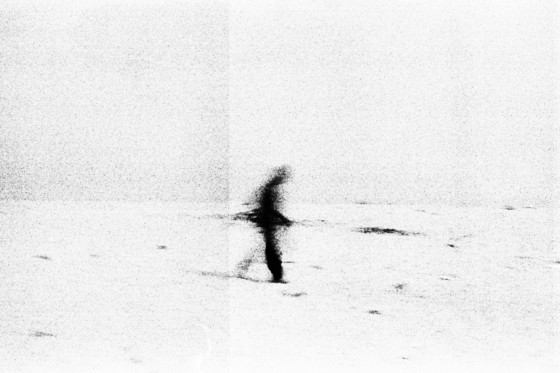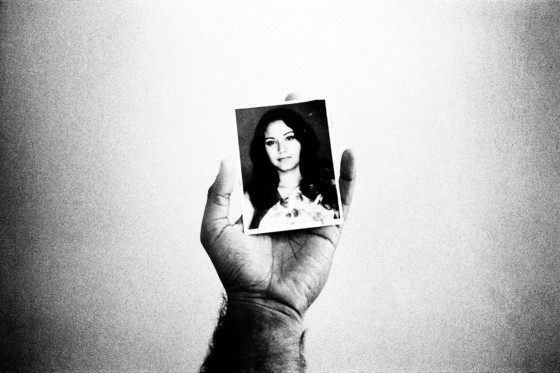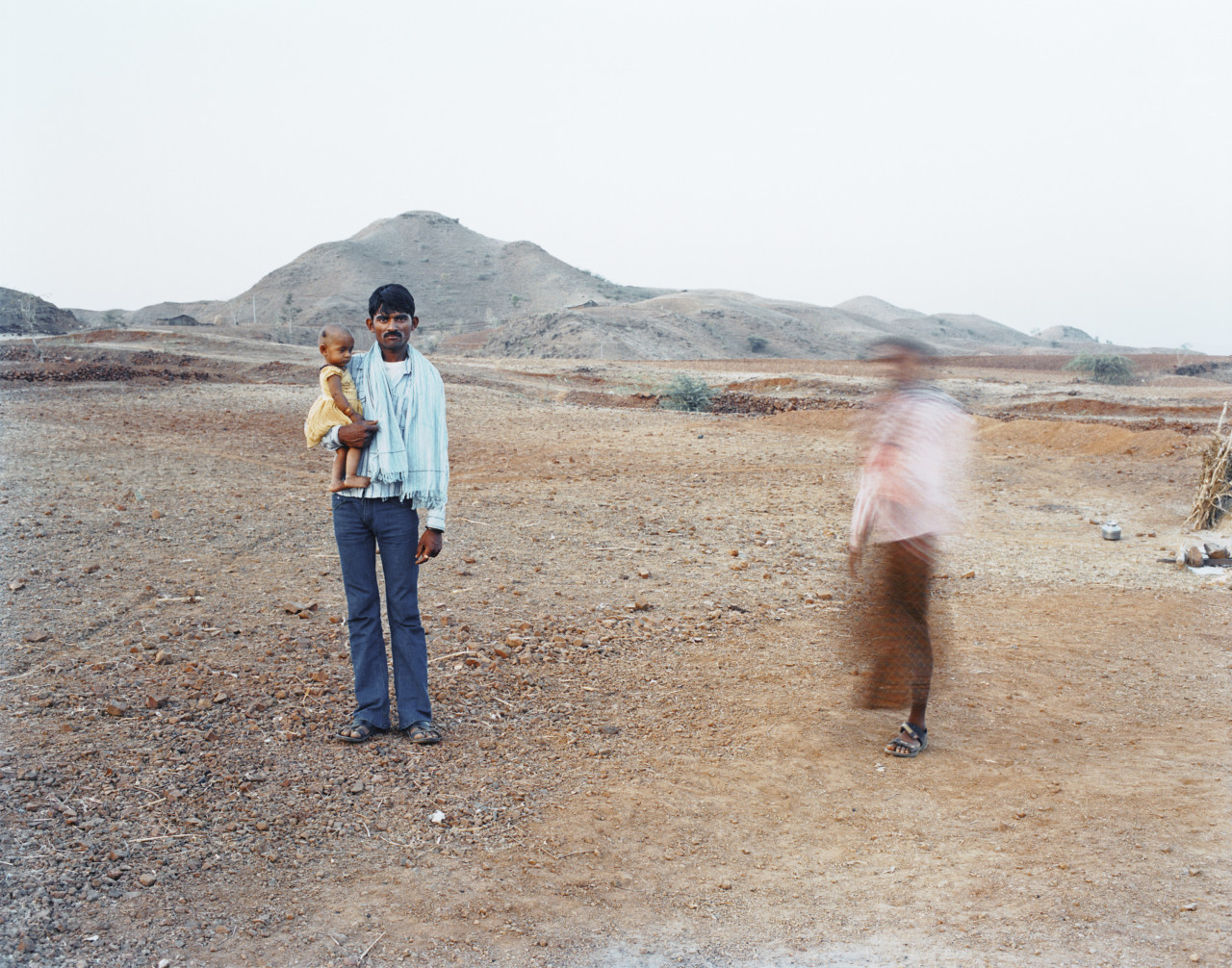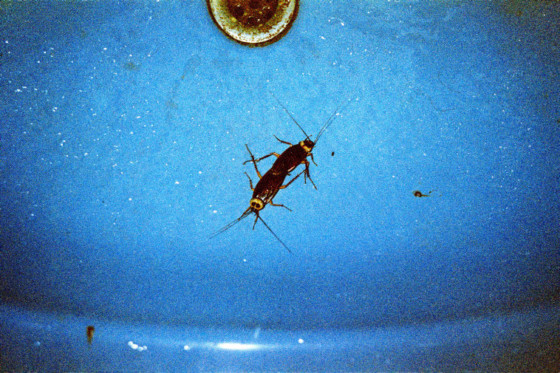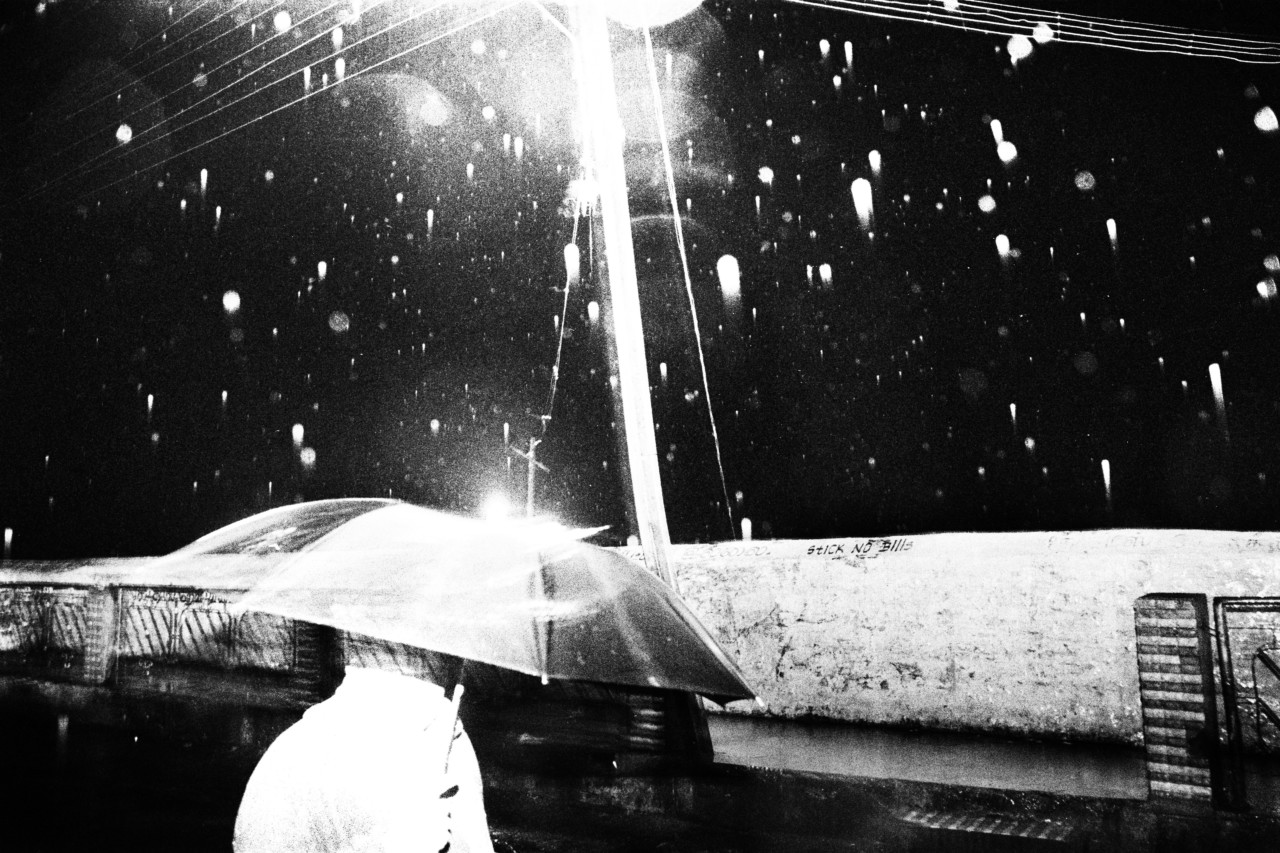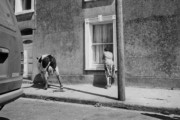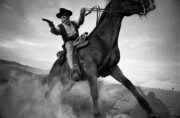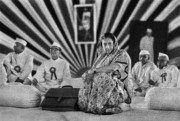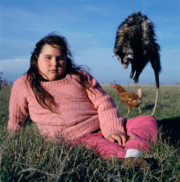Photographing India
Ahead of the 70th anniversary of Indian independence, two photographers, from two generations talk about photographing their home country
Magnum Photographers
India gained freedom from British rule on August 15, 1947. As part of the partition of India, Pakistan was also formed officially on August 14, 1947. On the occasion of the 70th anniversary of India’s independence, Raghu Rai and Sohrab Hura give their accounts of two very different approaches to creating photographic work in the country. Raghu Rai began his photographic career in Indian newspapers in the 1960s, and over six decades has documented pivotal moments in India’s history; and 36-year-old Sohrab Hura grew up during the 1980s and 90s, and his experimental approach to photography is very much informed by the media he absorbed during those years.
Raghu Rai: a personal account of a career photographing India
Raghu Rai writes about how important flash points in India’s living memory proved cornerstones of his own photojournalistic pursuits
“When I started taking pictures in the late 1960s, though I started with one of the leading daily newspapers, the bulk of Indian photography was ridden with romantic pictorials. Early in my career, I discovered that daily newspaper photographs tend to die a daily death so I had to look for deeper meanings to create work that had a deeper understanding that could stand alone.
"The purpose of photography, for me, is to capture the time we live in"
- Raghu Rai
India is a multireligious, multicultural ancient civilization with a varied landscape, from the Himalayas to deserts to backwaters, so the experience of an image has to be multilayered, too. The purpose of photography, for me, is to capture the time we live in because it is going to be the visual history of tomorrow. So an instinctive in-depth understanding of the complexities of India is required in order to capture this in a vivid way that will stand the test of time.
When I joined daily newspaper The Statesman, and later India Today, a leading magazine in the country, Indira Gandhi, the longest serving prime minister, was in control of the socio-political structure of the land. She became the prime minister in 1967 at almost the same time that I started working for the newspaper. She was at the center of most social, cultural and political situations, so I photographed her a lot during this period. I ended up doing three picture books on her before she was assassinated in 1984. During her regime, India was involved in the liberation of East Pakistan and the formation of the country that is now Bangladesh. I photographed the arrival of millions of refugees into India.
The second important lady of the Twentieth Century I photographed was Mother Teresa, an Albanian woman who came to become our mother, looking after the poorest of the poor and homeless. This work also resulted in three picture books.
Another major, but tragic, event in India’s recent history was the Bhopal Gas Tragedy. A gas leak from the Union Carbide factory killed 8000 people in the first 48 hours, and in the time that followed, a further 25,000. I found that having their stories told, through Magnum and other important magazines of the world, brought some relief to the victims and their families.
Meanwhile, my love for Indian classical music made me work very closely with some of the world’s renowned Indian classical musicians, such as Pandit Ravi Shankar, Ustad Ali Akbar Khan and ten top other masters of vocal and instrumental music, which has been complied into exhibitions and books. I have already done more than 55 photobooks on different themes and aspects of Indian life, culture and heritage and there are over a dozen more in the pipeline.” – Raghu Rai.
Sohrab Hura: a visual upbringing in India
The magnum nominee on how television visuals shaped his approach to photography as he grew up in India in the 1980s
“Whatever little imagery stuck in my head from the time I was growing up goes far beyond photography. Television was new to us and programs would only be aired in the afternoons and the evenings. As kids, we would wait with excited anticipation with the television switched on before the scheduled time. I remember the blinding static followed by the colored bars. With that switch, the drone of static would give way to a maintained whistle of a sound that was almost as sharp as the colored bars accompanying it on screen. It meant that soon there would be a countdown to the now iconic Doordarshan (state owned television channel) montage that presented the start of the afternoon’s program. It was all so bad, that it was one of the coolest things I had ever seen.
On television, an animation piece called Anek Chidiya, which spoke about strength in unity through a story about birds, seemed to play on television almost everyday of my 1980s life. Considering that this video piece had been made in 1974, and from my hazy memory seemed to have lasted through a good chunk of the eighties, it must have been a masterpiece. We were still at the edge of the orbit of socialist India and, more importantly given that I hadn’t yet hit the age of 10, it was not weird at the time to happily sway to propaganda through television meant for children. With the rise of Hindu nationalism and religious violence against minorities in India now, the same tune would take on a far scarier tone if it were to be aired today.
"Life was a lot slower and there was far more time to process all these images"
- Sohrab Hura
My first encounter with a photographer was with film characters Vinod Chopra & Sudhir Mishra. They ran the best photo studio in Bombay and their cheeky confidence, their attire, their hairstyles and, most importantly, their glitzy cameras had me in splits. They once photographed a murder by accident while trying to make photographs to enter a photo competition and had all the bad guys chasing them. I was almost eight at the time and having just watched the cult film Jaane Bhi Do Yaaro I dreamt of becoming a photographer for the whole of the next week. I only understood satire when I got older.
Towards the late eighties and early nineties, through the phase of liberalization, India had started to open up to the world. I had also started to experience a new world of special effects. Amitabh Bachchan’s Ajooba blew me away and each subsequent B-grade Horror film by the Ramsay Brothers scared the living daylight out of me.
It was almost at the cusp of my teenage years that I started to notice photographs. But it was always events that led me to these photographs and the events were always the horrific ones: the assassination of Rajiv Gandhi, the Mandal Commission protests, the Babri Masjid demolition in Ayodhya, the Bombay riots, the 1993 Bombay bombings. I remember the images quite clearly because I felt scared when I looked at them. Life was a lot slower and there was far more time to process all these images.” – Sohrab Hura.


